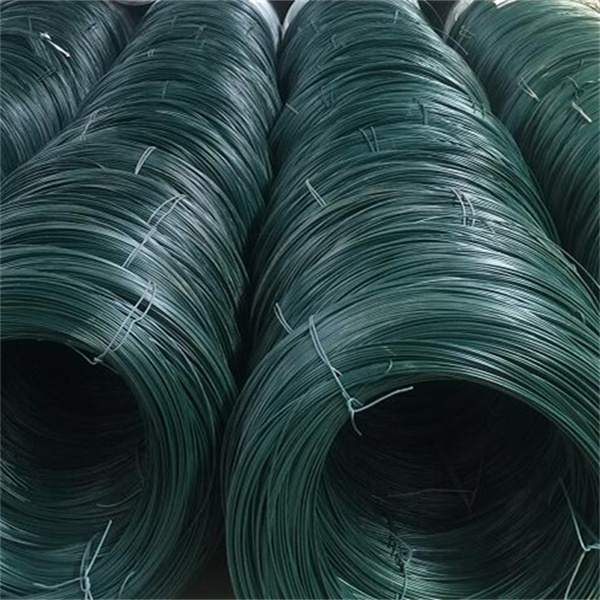Oct . 17, 2024 15:37 Back to list
Curved Gabion Wall Manufacturers Offering Unique Landscape Solutions and Designs
The Rise of Curved Gabion Walls Innovations in Landscaping and Structural Design
Gabion walls, traditionally known for their functional durability and aesthetic appeal, are being reimagined through innovative designs, particularly in curved shapes. Curved gabion walls not only offer structural benefits but also enhance the visual landscape of various environments, making them a preferred choice in both landscaping and civil engineering. This article explores the characteristics, advantages, and applications of curved gabion walls produced by modern factories.
Understanding Gabion Walls
Gabion walls are composed of wire mesh cages filled with rocks, stones, or other materials, creating a sturdy structure that is highly effective for retaining soil and controlling erosion. Initially used in civil engineering projects such as retaining walls, their utility has expanded into landscaping and architectural designs. The introduction of curved designs has further diversified their applications, allowing for more creative and functional uses.
The Appeal of Curved Design
Curved gabion walls present a unique aesthetic that straight walls cannot achieve. The flowing lines of a curved structure can soften harsh landscapes, making them more inviting and visually pleasing. In urban settings, these walls can break the monotony of straight lines and rigid forms typically found in construction. Curved gabion walls also create dynamic spaces; their shape can guide foot traffic, define areas, or serve as natural barriers.
The versatility of curved designs allows them to blend seamlessly into both natural and engineered environments. They can follow the contours of the land, making them ideal for hillsides, parks, and waterfronts. This adaptability can significantly enhance the visual appeal of a project while fulfilling functional requirements.
Manufacturing Process
The construction of curved gabion walls necessitates advanced manufacturing techniques to ensure precision and consistency. Factories specializing in gabion wall production employ modern technology to create customized wire mesh cages. Computer-aided design (CAD) software allows for accurate modeling of curved structures, ensuring that every piece fits together seamlessly during installation.
Once the wire mesh is formed, it is treated with protective coatings to enhance durability and resistance to corrosion, extending the lifespan of the gabion walls. Factories can also offer a variety of filling materials, from locally sourced stones to recycled materials, aligning with sustainability goals. This customization not only meets the structural needs of a project but can also reflect the local aesthetic and environmental considerations.
gabion wall curved factories

Advantages of Curved Gabion Walls
1. Structural Integrity The curvature of gabion walls can distribute weight more evenly, providing enhanced stability compared to traditional straight walls. This feature is particularly beneficial in areas with unstable soil or significant weathering.
2. Erosion Control Curved walls can be strategically designed to redirect water flow, minimizing the erosion of soil in vulnerable areas, such as riverbanks or steep slopes.
3. Aesthetic Value The natural appearance of the stone-filled cages contributes to a rustic charm, making these walls appealing for parks, gardens, and residential spaces.
4. Sustainability By utilizing local materials and promoting biodiversity, curved gabion walls can align with eco-friendly landscape practices. The voids within the gabion structures allow for vegetation growth, which can further stabilize the soil while enhancing biodiversity.
5. Cost-Effectiveness Due to their materials and the ease of installation, curved gabion walls can be a cost-effective solution for various engineering and landscaping projects. They often require less maintenance compared to traditional brick or concrete walls.
Applications
Curved gabion walls are increasingly being employed in diverse settings, from public parks and residential gardens to commercial landscapes and highway embankments. They provide effective solutions for retaining walls, decorative features, and erosion control systems. As urban areas expand and the need for sustainable practices grows, the demand for such adaptable designs will continue to rise.
Conclusion
As manufacturing techniques evolve and design possibilities expand, curved gabion walls are becoming a prominent choice in contemporary landscaping and construction. Their unique combination of functionality and aesthetic appeal offers transformative potential for both urban and rural settings. With the backing of innovative factories and a commitment to sustainable practices, the future of gabion walls looks promising, redefining how we approach structural design in harmony with nature.
-
The Role of Galvanized Gabion Mesh in Riverbank Protection
NewsJun.26,2025
-
The Role of Gabion Basket Raised Bed in Sustainable Gardening
NewsJun.26,2025
-
Quality Assurance of Wire Mesh Gabion Baskets
NewsJun.26,2025
-
Installation Guide for Welded Gabion Box
NewsJun.26,2025
-
How to Choose the Right Gabion Box
NewsJun.26,2025
-
Different Types of Gabion Wire Mesh
NewsJun.26,2025
-
Why PVC Coated Gabion Mattress Is the Best Solution for Long-Term Erosion Control
NewsMay.23,2025






